Recent Articles
Popular Makes
Body Types
10 Car Seat Mistakes You Didn't Know You Were Making
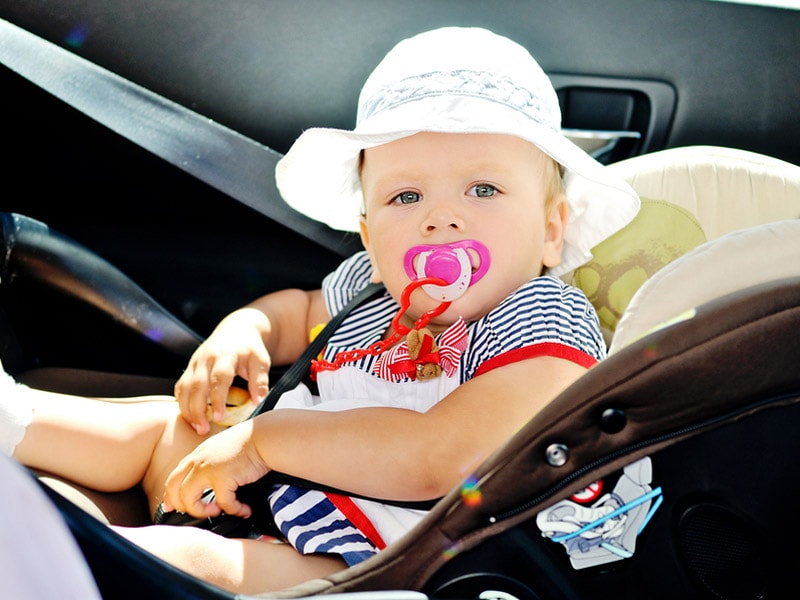
More than 70% of child safety restraints in the United States are installed or used incorrectly. That’s not a typo: seventy percent. That means, statistically speaking, if you regularly buckle kids into your car, you’re probably doing something wrong. The good news is, once you know better, most of these errors are simple to correct, and usually don’t require buying a new seat or spending any money at all.
1) Turning a toddler seat from rear facing to forward facing too early
This may be one of the most common—and most dangerous—mistakes a parent can make when it comes to car seat safety. As of 2011, the American Academy of Pediatrics recommends that kids remain rear-facing to a of two years old, regardless of height or weight, and should continue to rear-face until they outgrow the seat in that mode. Children’s vertebrae are not fused until well into early childhood, and this makes them prone to serious injury or even death if involved in an accident. Basically, if the crash could result in whiplash in an adult, it could kill a small child. Rear-facing provides more support to the child’s neck during the initial impact. For children under two years, rear facing is more than 500% safer than forward facing.
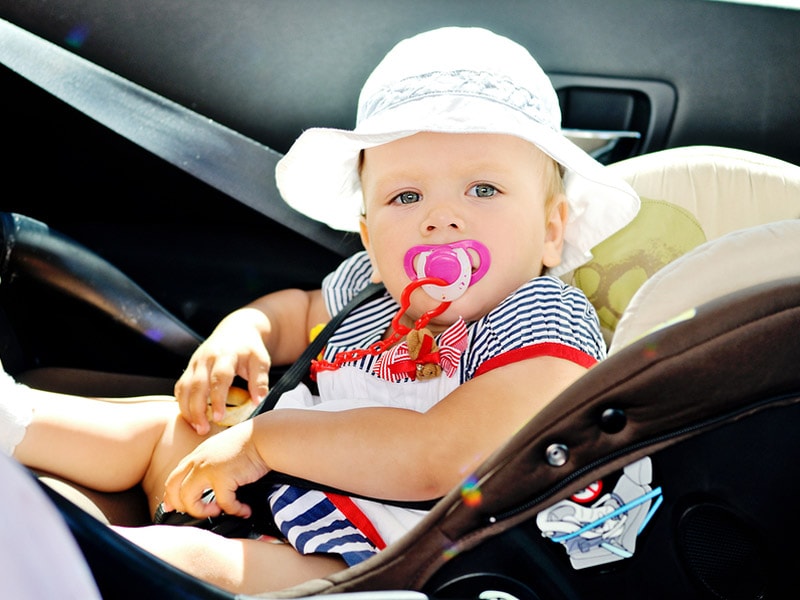
2) Moving on to the next “level” of seat sooner than necessary
Related to mistake #1, many parents move their children to a forward-facing harnessed seat, belt-positioning booster, backless booster, or no booster at all, well before the child is physically and developmentally ready for the change. Keep in mind that companies want you to buy their products and will state the bare minimum height and weight at which a child could possibly fit (somewhat) safely in the seat. They may state that, say, a booster seat has a minimum weight of 40 pounds and a minimum standing height of 38 inches. That does not mean that as soon as your child meets those requirements, they are safest in that seat. In general, they should be kept rear-facing until they outgrow the seat in that mode; then harnessed forward-facing until they outgrow that; in a belt-positioning booster until they outgrow that; and in a backless booster until they are tall enough to fit the adult shoulder belt correctly (which may not be until 11 or 12 years old for a smaller child). Think of it this way: Do you want your child to have maximum safety, or minimum safety?

3) Using LATCH incorrectly
The LATCH (Lower Anchors and Tethers for Children) system is available in all passenger vehicles manufactured in 2002 and after. Its purpose is to make it easier to install car seats correctly. What most people don’t know is that LATCH is actually not any safer than a correct seat belt install (and you should never use both the seat belt and LATCH simultaneously on one seat). Furthermore, LATCH can only be used in certain seats in a vehicle. For instance, many auto manufacturers don’t allow LATCH to be used in the middle seat. Refer to your car’s owner manual to find out the LATCH rules for your vehicle. These rules can be confusing, so consult an expert (see mistake #10) about your specific vehicle if they seem unclear.

4) Using after-market accessories
If it didn’t come with the seat (or wasn’t purchased from the manufacturer for use with your seat), it wasn’t crash-tested with the seat. It therefore cannot be guaranteed to be safe and must not be used. That means no strap covers, no “Bundle Me”-type covers, no head supports, no seat-protector mats, no toy bars—nothing.
Even if you’re convinced that the product you bought is totally safe, consider this: most child seats must be replaced even after a minor accident (and even if there was no child in the seat at the time). Using these accessories will probably void the warranty and insurance likely will not cover the cost of a replacement seat—then you’ll be out a couple hundred bucks. Are those cute leopard-print strap covers worth that much?

5) Not reading the manual
I’m the type of person who opens a box, tosses all that paperwork aside, and dives right into assembling/installing/figuring out how to use whatever new toy I just acquired. Who wants to read all that fine print anyway? When it’s a car seat…you do. Reading the manual will tell you exactly what you need to know and do to install and use the seat correctly. Because a lot of the sections probably won’t apply to your child or vehicle, reading it will probably not take as long as you think. Trial and error can work—and even be fun—when you’re setting up a new sound system or learning to use your car’s cool built-in GPS. Your child’s safety, however, is not something to play around with. Do it right the first time.
If you’ve lost your seat’s manual, check the manufacturer’s website. It is probably available online as a PDF.
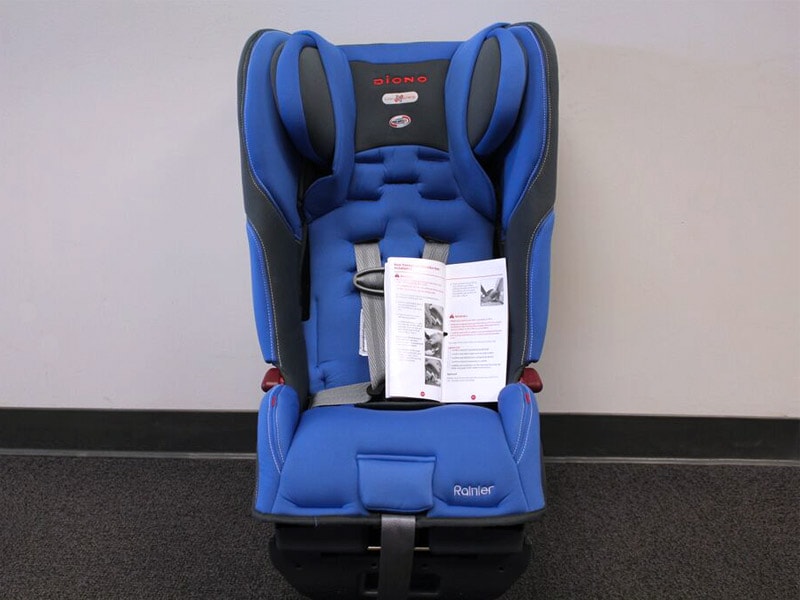
6) Thinking that following the law means your child is safe as can be
Obviously, you must follow state laws to avoid getting a ticket. State child-restraint laws can be a starting point when deciding how to keep your child safe in the event of a crash. On the other hand, all you have to do is watch the recent news out of Washington to know that lawmakers are extremely slow to enact even the most basic, common-sense regulations. When it comes to child passenger safety, most state laws and guidelines are a decade or more behind what is currently known about how to best protect children in motor vehicles.
For example, no state requires a child over 20 pounds and one year of age to be in a rear-facing seat. As you read above, forward-facing a one-year-old is now known to be exceedingly dangerous. Laws aren’t always current for adults, either; most states did not enact seat belt laws until the 1990’s, and one (New Hampshire) still does not require them. That doesn’t make it safe to unbuckle your seat belt as soon as you cross the border into NH.
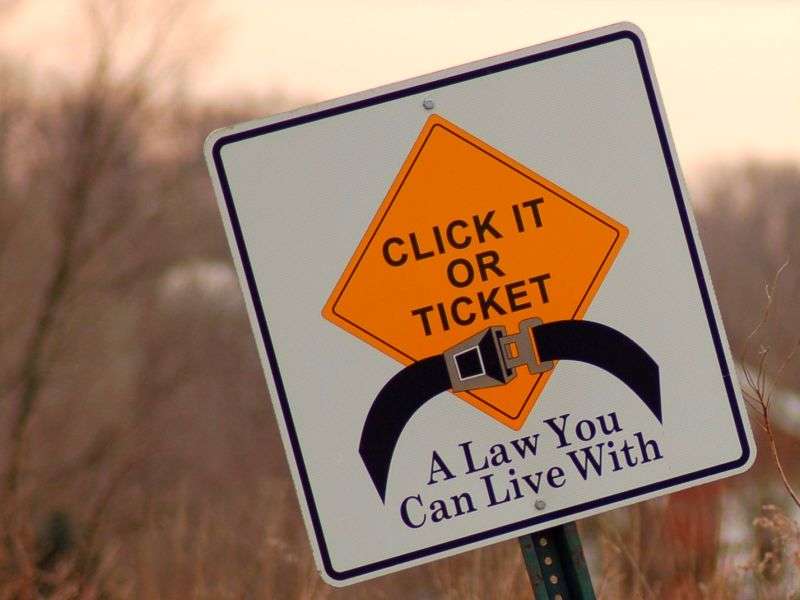
7) Using an expired or recalled seat
Yes, car seats have expiration dates. Check the back or bottom of the seat for a label stating the date of manufacture; the expiration date may or may not also be indicated on the seat. If it is not, refer to your seat’s manual for expiration information. Most seats expire six years after the date of manufacture. Once expired, a child seat must be destroyed and thrown away. Never sell it, give it away, or leave it on the curb unless it has been rendered unusable by cutting the straps. Taking a sledgehammer to it could be fun, too. You should also check the manufacturer’s website periodically to be sure your seat hasn’t been recalled.
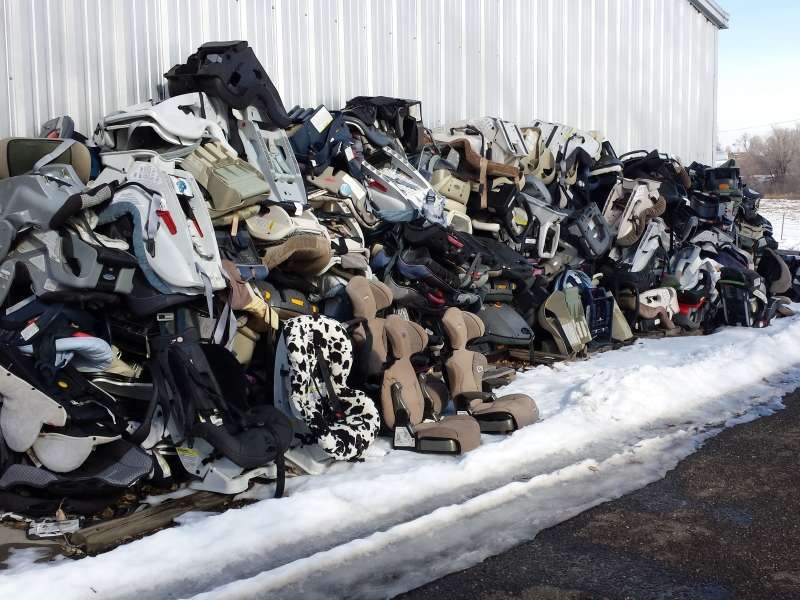
8) Putting an infant carrier on top of a shopping cart
Even if it seems to be secure, shopping with the infant seat on top of the cart is never safe. It makes the cart top-heavy. Babies in seats can and have toppled off the top of the cart or had the whole cart tip over on them, leading to skull fractures and other severe injuries. It seems like everybody does this and therefore it must be safe, but it isn’t. Period.

9) Not replacing seats after an accident or using them without knowing their history
If you are in a crash, check your manual (yes, again), and call the manufacturer if necessary, to find out whether your seat should be replaced. Many require replacement even after a minor fender-bender and even if no child was in the seat at the time. Fortunately, if they do need replacing, insurance will usually cover the cost.
On a related note, NEVER buy a used car seat, and never accept a free used one from a friend or relative unless you are completely sure that it has never been in any kind of accident and has been cared for properly. Even if it looks okay, it may be damaged in ways that aren’t visible. It is safer to buy a cheap, new seat than a name-brand, high-end used seat. All child restraints pass the same pass/fail crash tests, and a $500 seat is no safer than a $40 one, provided it is used correctly.
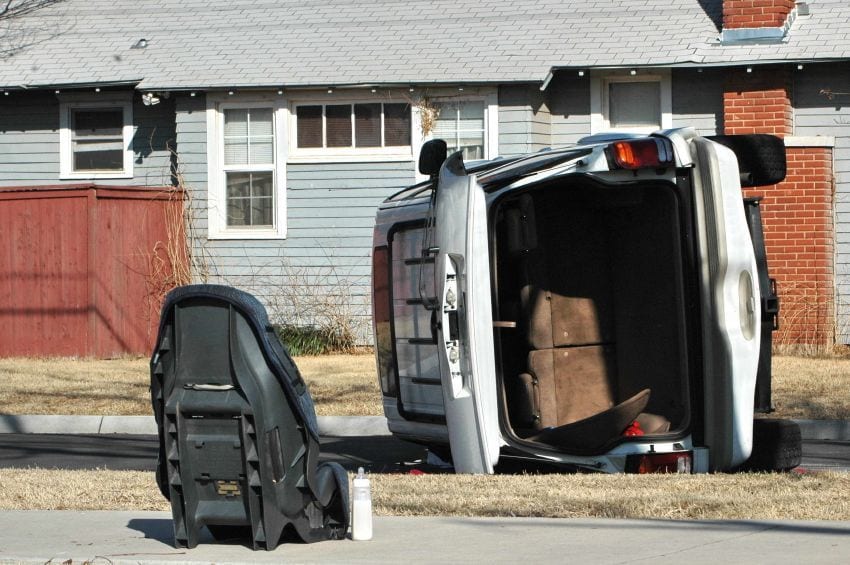
10) Failing to consult a trained expert
Child Passenger Safety Technicians (CPSTs) are trained in the best practices in child car safety and car seat use. Their job is not just to install your seat for you, but to teach you how to install and use it correctly. When you get a new seat, getting it checked by a CPST is a must. These services are usually free. Find a technician near you at SafeKids.org.
